We’re all spending more time inside these days, and it’s no surprise that our homes are beginning to reflect a growing desire to reconnect with nature. Enter biophilic design—a trend that’s taking over homes in 2025 like a breath of fresh air. Imagine walking into a space filled with vibrant green plants, natural wood, abundant sunlight, and materials that evoke the earth's warmth. Sounds amazing, right? This is the power of biophilic design!
From lush houseplants to sustainable building materials, biophilic design is all about bringing the outdoors in, enhancing your well-being while making your home feel cozy, stylish, and, most importantly, connected to nature. So, what’s all the fuss about? Let's dive into the magic of biophilic design and how you can integrate it into your home to create a space that feels like a retreat.
This post contains carefully selected links to products we love. If you choose to purchase through them, we may earn a small commission at no extra cost to you.
The Biophilic Design Revolution: What’s It All About?

Biophilic design isn't just about filling your living room with plants (although that’s definitely a big part of it!). The concept goes much deeper, rooted in the idea that humans have an innate connection to nature—one that modern urban life often disrupts. In 2025, we're seeing a shift toward interiors that not only look beautiful but promote our mental and physical health.
Here’s the thing: Research shows that being surrounded by natural elements can improve mood, reduce stress, and even boost productivity. It’s no wonder that people are craving nature-inspired spaces in their homes. By infusing natural light, plants, earthy materials, and organic textures into your home, you can create a peaceful, rejuvenating environment that feels more grounded and alive.
Why Biophilic Design is Taking Over in 2025
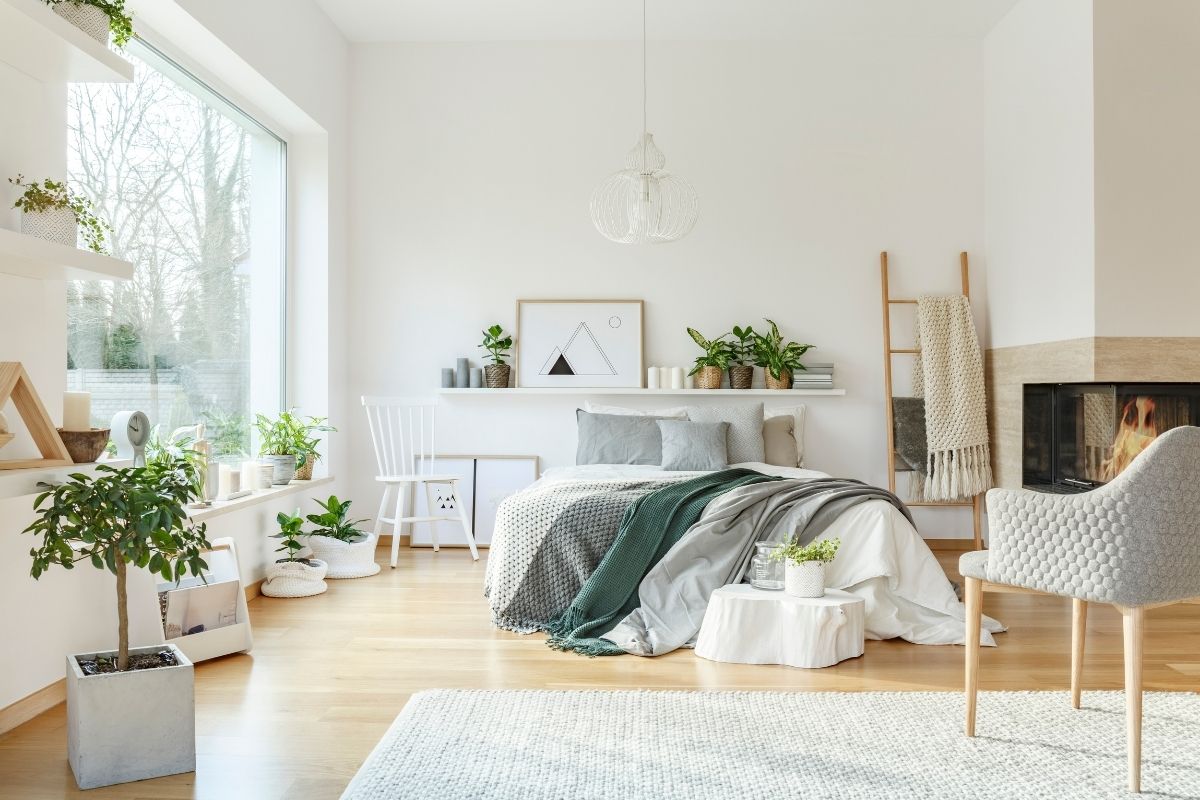
As we face more time indoors due to remote work, social distancing, and changing lifestyles, biophilic design has become a necessity. It’s no longer just a trend; it’s a lifestyle shift. Here are a few reasons why biophilic design is gaining so much momentum:
- Health Benefits: Biophilic design fosters environments that help reduce stress, anxiety, and even fatigue. Exposure to natural elements can lower blood pressure and promote relaxation.
- Productivity and Focus: Studies show that natural elements can boost cognitive function. This makes biophilic design especially appealing for home offices and study areas.
- Sustainability: As people become more eco-conscious, incorporating sustainable, natural materials into home design is a clear winner.
- Aesthetic Appeal: Beyond the health benefits, nature-inspired interiors are simply stunning. With their serene vibe and timeless appeal, these spaces feel calming and luxurious.
Elements of Biophilic Design: Bringing Nature Indoors
Now that we know why biophilic design is so popular, let’s break down how you can bring this trend into your home. We’ll explore essential elements like natural light, indoor plants, earthy materials, and more.
1. The Power of Natural Light
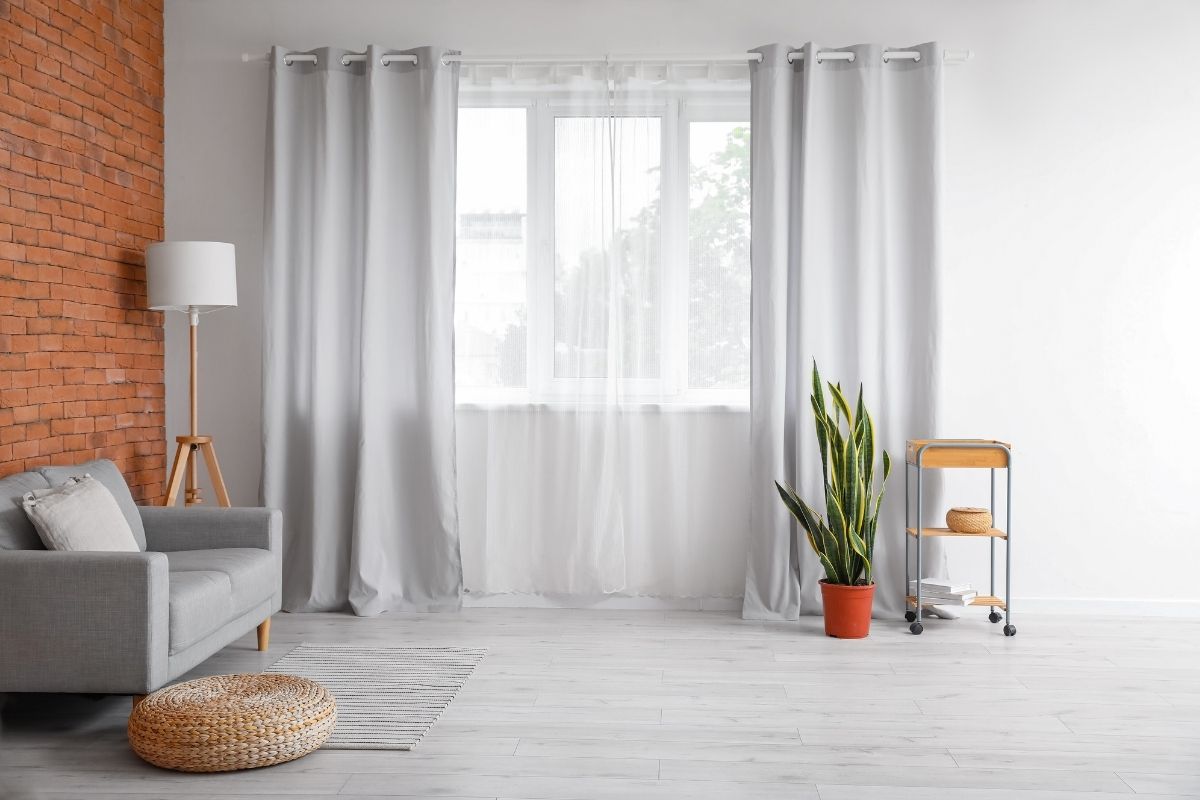
Nothing makes a home feel more connected to nature than the abundance of sunlight streaming through your windows. In biophilic design, natural light plays a crucial role in creating a warm, inviting space. It not only makes a room feel bigger and brighter but can also enhance your mood and energy levels.
Pro Tips:
- Maximize window space: If possible, opt for large windows that let in plenty of natural light.
- Light-colored walls: Soft, light-colored walls reflect sunlight, making a space feel airier and more open.
- Layered lighting: While natural light is the star, incorporating soft, ambient lighting in the evening can create a cozy atmosphere.
Products to Check Out: 👉 This modern sheer curtain set lets natural light flood in while maintaining privacy.
2. Indoor Plants: Nature’s Touch
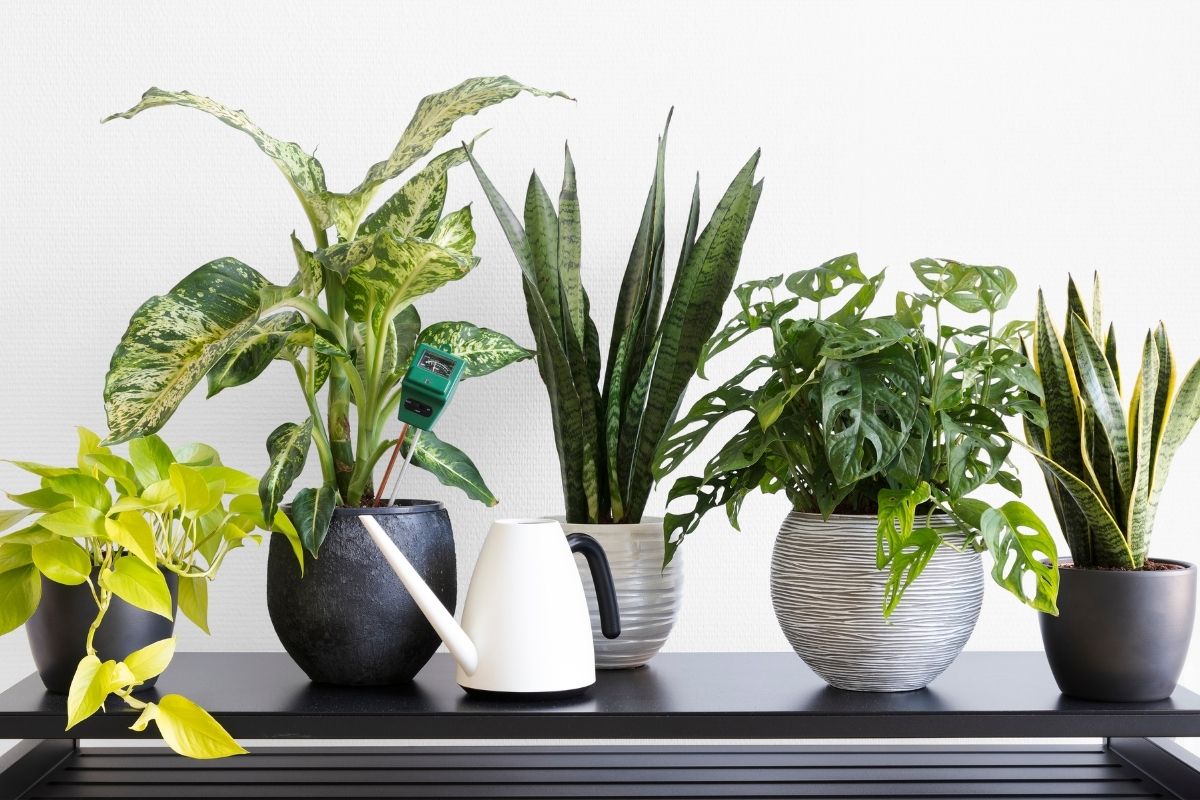
When it comes to biophilic design, plants are the MVP. Not only do they purify the air, but they also add life and vibrancy to any room. Whether you’re a seasoned plant parent or a newbie, adding greenery to your home is a foolproof way to embrace biophilic design.
Types of Plants to Try:
- Ficus Trees: Perfect for adding height and structure to a space.
- Succulents: Ideal for small spaces and low-maintenance care.
- Spider Plants: Great for purifying the air while adding a dash of green to your interiors.
Pro Tip: Mix plants with different textures and sizes for a visually interesting display. From cascading vines to spiky succulents, there’s a plant for every vibe!
Products to Check Out: 👉 This indoor plant stand adds a touch of greenery without taking up too much space.
3. Earthy Materials: Wood, Stone, and More
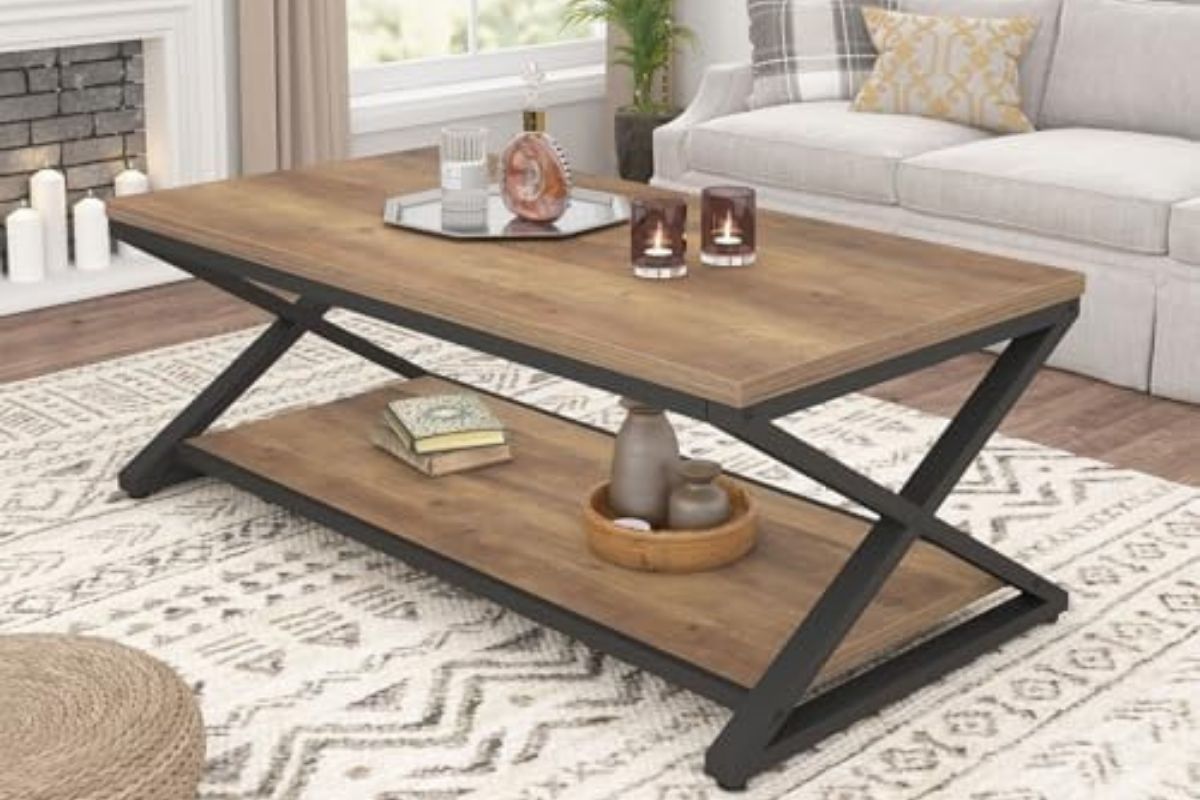
One of the key components of biophilic design is incorporating natural materials into your home decor. Think wooden furniture, stone countertops, woven rattan, and other organic materials that evoke the natural world.
- Wood: Wooden elements, whether in floors, furniture, or decor, bring warmth and texture to a room. Opt for sustainably sourced wood to align with eco-conscious living.
- Stone: Natural stone, such as marble, granite, or even river rocks, can create a grounding, earthy vibe in kitchens, bathrooms, and living areas.
- Woven Textures: Rattan, wicker, and jute bring natural textures into your home. Consider them for furniture, rugs, and baskets.
Pro Tip: Combine different materials to create a balanced, nature-inspired palette. A mix of light and dark woods, alongside stone accents, gives your space depth and warmth.
Products to Check Out: 👉 This wooden coffee table is a timeless piece that will instantly elevate your biophilic decor.
4. Water Features: A Soothing Addition
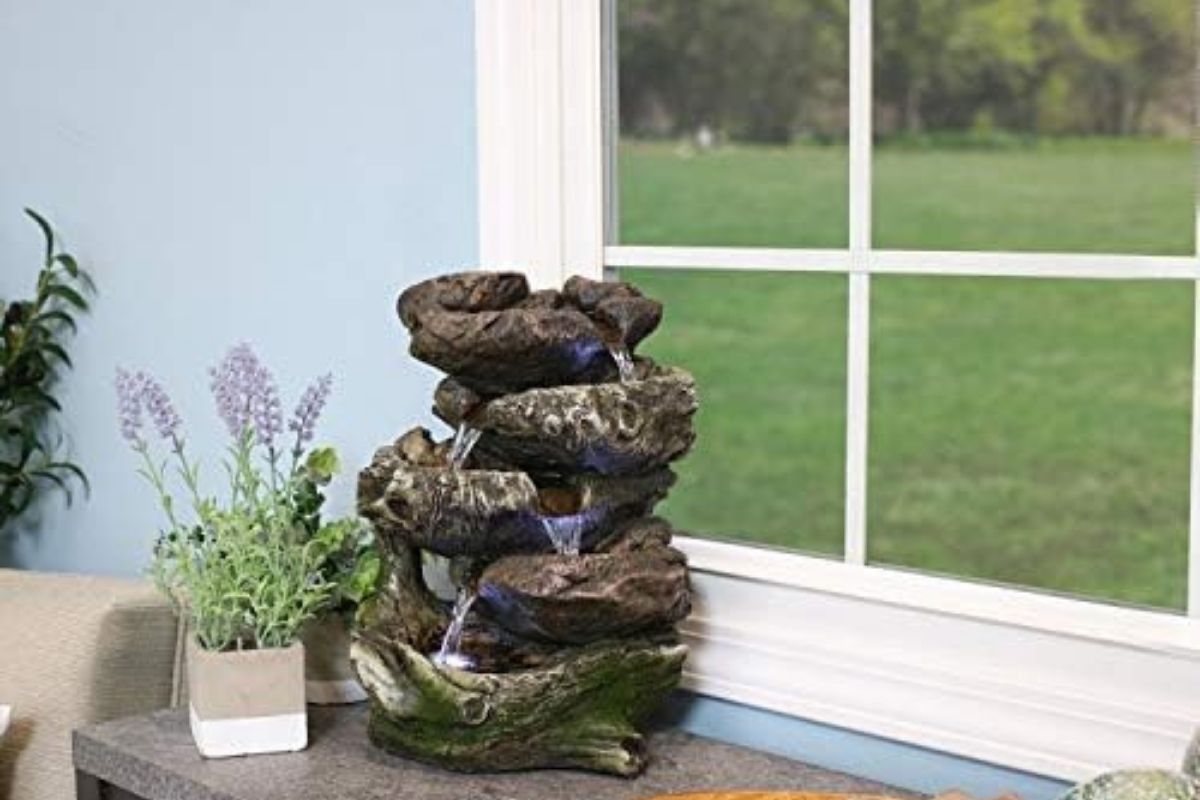
Nothing brings the feeling of nature indoors like the sound of water. From tabletop fountains to wall-mounted water features, the calming trickle of water can transform your space into a serene oasis.
Pro Tip: Place a small water feature in your entryway or living room for an instant calming effect. It’s like bringing a piece of a tranquil garden into your home!
Products to Check Out: 👉 This tabletop water fountain creates a peaceful ambiance with its gentle flow.
5. Nature-Inspired Colors: Earth Tones and Beyond
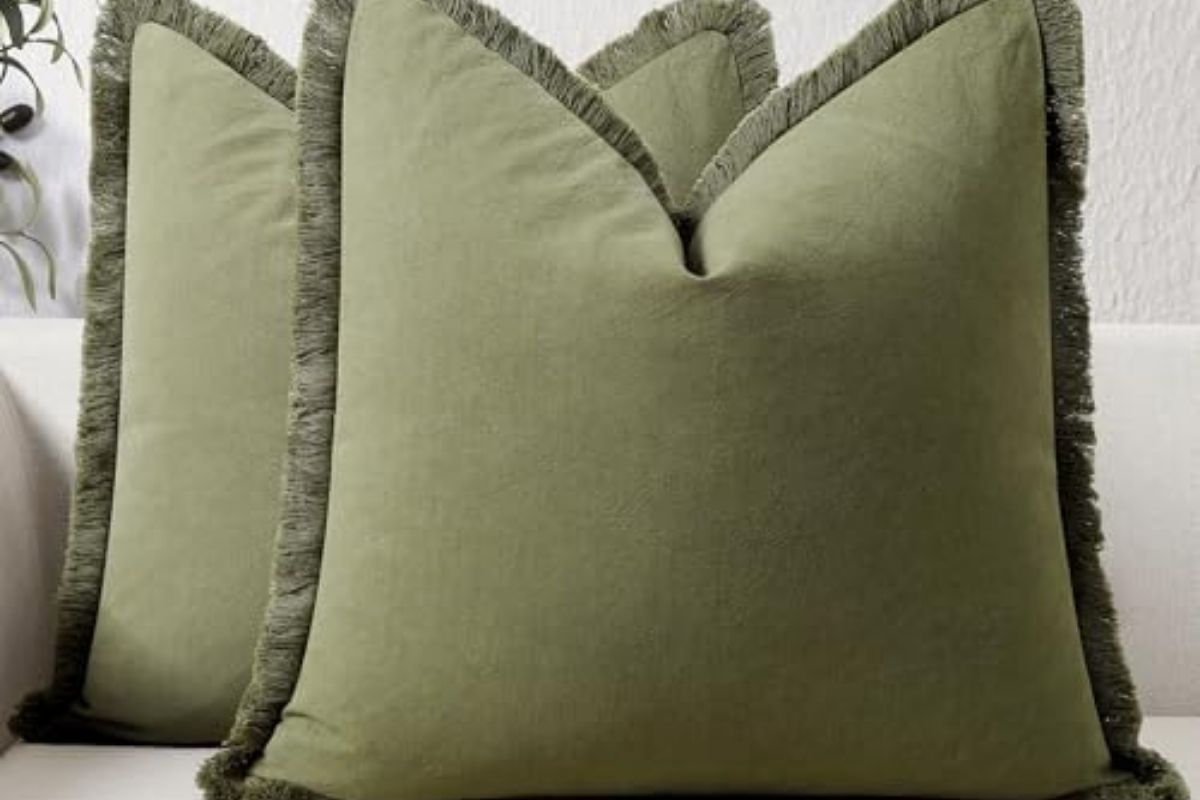
Colors play a huge role in biophilic design. The palette is usually drawn from nature’s most calming hues—think earthy browns, rich greens, and serene blues. These colors not only complement natural materials but also help create a soothing atmosphere.
Pro Tip: Opt for neutral and muted tones for larger areas, and add pops of green and natural hues for smaller accents.
Products to Check Out: 👉 This earthy green accent pillow will add a nature-inspired touch to your sofa.
How to Incorporate Biophilic Design into Your Home: Practical Tips
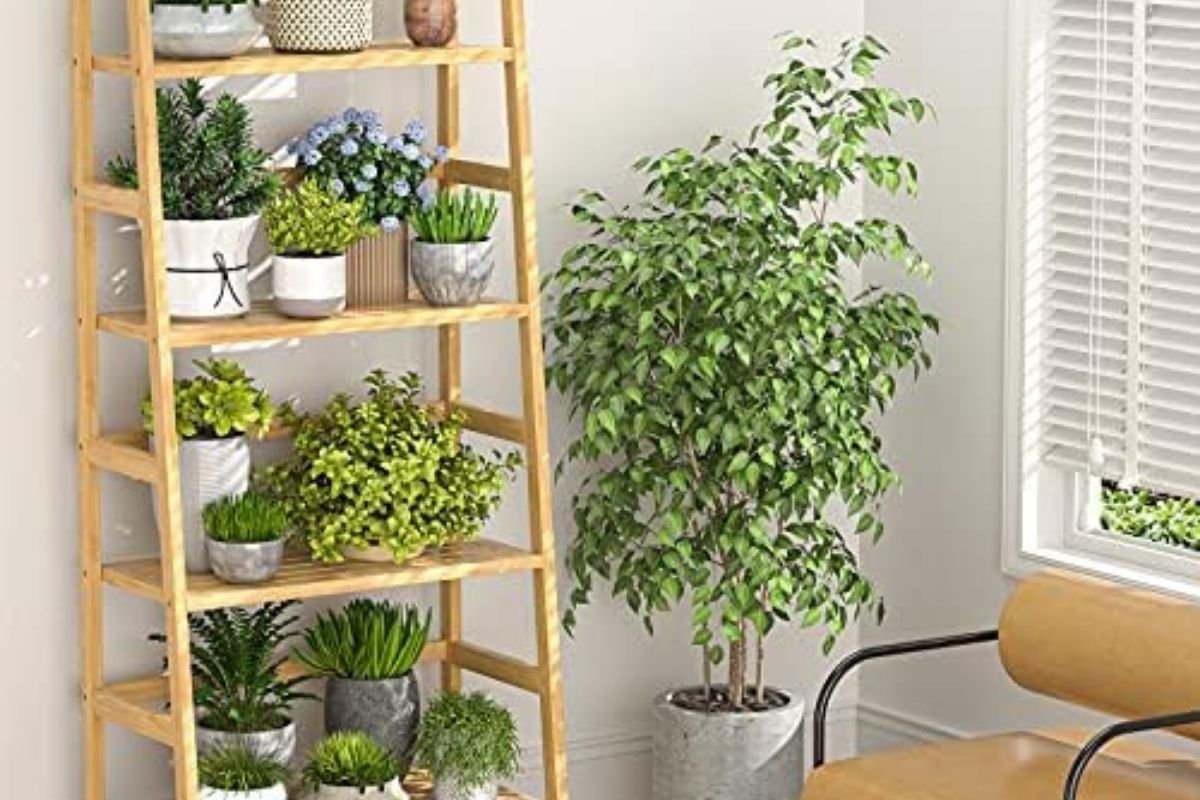
You don’t have to renovate your entire home to embrace biophilic design. Here are some simple and budget-friendly ways to start:
- Add plants to every room: From the bathroom to the kitchen, place plants in every corner.
- Install sheer curtains: Let natural light flow freely into your rooms.
- Choose wood or stone furniture: Even small touches like a wooden coffee table or stone lamp base can make a difference.
- Use natural textures: Incorporate materials like jute, wool, and linen into your decor to evoke a cozy, earthy vibe.
Pro Tip: If you're short on space or new to biophilic design, start with one or two elements—plants, natural light, or earthy textures—and gradually build your way up.
Wrapping Up: Your Biophilic Oasis Awaits
Biophilic design is more than just a style; it’s a way to live in harmony with nature, even when you’re indoors. By incorporating plants, natural light, and earthy materials into your home, you can create a space that feels peaceful, rejuvenating, and connected to the world outside. Whether you’re making small changes or redesigning entire rooms, the beauty of biophilic design is that it’s versatile, sustainable, and endlessly customizable.
For more tips, tricks, and inspiration, follow Decormate on Pinterest and explore our latest blogs for even more nature-inspired ideas!